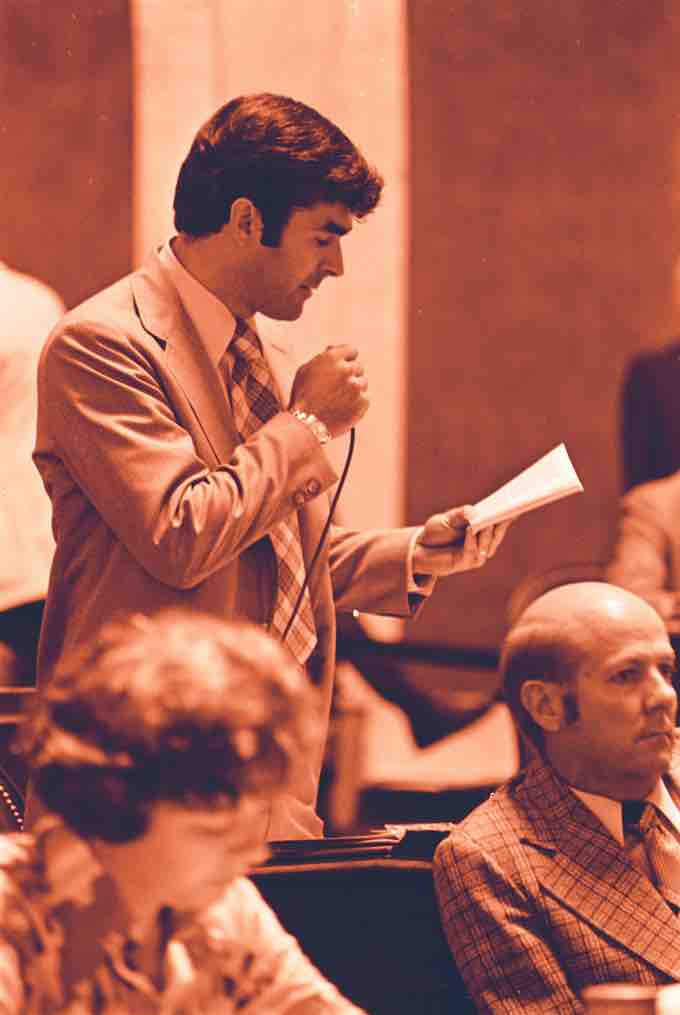The Speaking Outline
After putting together a rough draft outline (i.e., the "skeleton" of the speech), writers can then progress to the speaking outline. Speaking outlines fill out additional details about the speech, as well as where the speaker plans to mention short phrases, pause, and transition to other topics. This outline may also include where the speaker would like to ask questions or use visual aids such as flip charts and handouts. The speaking outline acts a guide for the speaker on how to time and pace the delivery of the speech .

Speech Notes
Even experienced speakers use speaking outlines to aid them during presentations.
The Role of the Speaking Outline
Unlike the rough draft outline, which includes short notes on structure, the speaking outline covers both the main points and aids the speaker's memory on certain topics. It offers the speaker more flexibility on tailoring the speech to the audience's needs and reactions . Speaking outlines can be used to prepare and rehearse speeches, as well as serve as memory aids during the presentation.
Parts of a Speaking Outline
While speaking outlines include an introduction, body, and conclusion, they also note where transitions take place and when vital key points or statistics should be mentioned during the presentation. The structure of the speaking outline will likely vary slightly depending on the subject, timing, and audience. For example, notes may be added on when to introduce visual aids during the presentation. Nevertheless, a basic speaking outline generally includes:
- An introduction - This includes notes on whether the speaker starts with a quote, statistics, personal story, or humorous joke. It leads into the overview of the speech, previews the main topics, and captures the attention of the audience.
- A first transition - The first transition should be as smooth as possible, and be placed after the introduction and before the body of the speech.
- A body - The body lists the main points, sub-points, and supporting evidence. Each sub-point in the outline should have a supporting bullet.
- Second transition - The second transition comes after the body and before the conclusion.
- Conclusion - This includes a bullet on signaling the end of the speech, a bullet on restating the objectives or main argument, and a bullet that reviews the main topics discussed in the body. The speaker may also add a note to say a memorable statement or call-to-action (e.g., thank the audience, etc.).
To successfully deliver an outlined speech, presenters are usually subject matter experts, or at least sufficiently knowledgeable about the topic. But even for experienced speakers and speech writers, a speaking outline organizes thoughts, uncovers transitions, and reminds speakers to elaborate on key ideas.